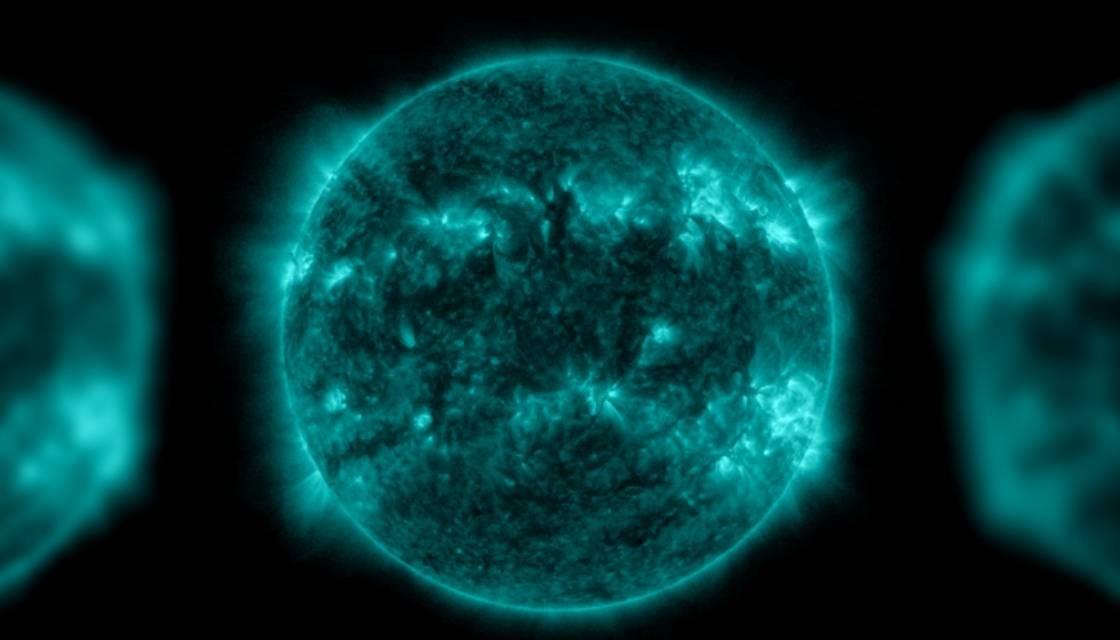Activity in the sun is ramping up, causing a powerful but not unusual "solar flare", which is expected to bring more stunning auroras.

The 11-year cycle of high and low activity in the sun is in full swing, with the peak of high activity approaching in 2025.
And as the days tick over, the height of activity edges closer causing "solar flares" or "coronal mass ejections", to occur more often, bringing more auroras as a result.
NASA captured the peak of the "strong solar flare" "eruption" on Tuesday at 10:30pm (local eastern time).
Stardome astronomy educator Josh Aoraki told Newshub solar flares occur when solar filaments come from areas of the sun that are "slightly less hot", allowing the magnetic field to push out the solar wind.
"That wind interacts with the Earth's magnetic field, and that's what causes the aurora here on Earth," Aoraki said.
Associate professor of space and climate physics at University College London told Business Insider "fast wind" from the solar flare is expected to come to Earth between Friday night and Saturday morning.
Aoraki told Newshub that will bring strong auroras again, especially for those in the South Island, adding the auroras could possibly be seen on Sunday too, depending on the strength of the solar winds.
Aoraki says solar flares are "really powerful" bursts of energy from the sun that release a "huge amount" of solar radiation "which flies throughout space, and occasionally it does hit the Earth or the other planets and interacts with them differently".
He says the sun is always pushing out solar wind, but solar flares increase the wind and are pushing out "more stuff" from the sun.
Depending on the strength of a solar flare, they can cause damage to space satellites and cause navigational issues.
Aoraki says if the solar flare is "super, super strong", which he adds is "very rare", it can disrupt electronics on Earth. a
"Flares and solar eruptions can impact radio communications, electric power grids, navigation signals, and pose risks to spacecraft and astronauts," said NASA's website.
NASA has classified the solar flare as an X1.2 flare. Aoraki told Newshub the classification is based on the strength, with X being the strongest and a number denoting how strong it is.
"So it is one of the strongest types of flares. But in saying that it's on the lowest scale of those strong ones."


